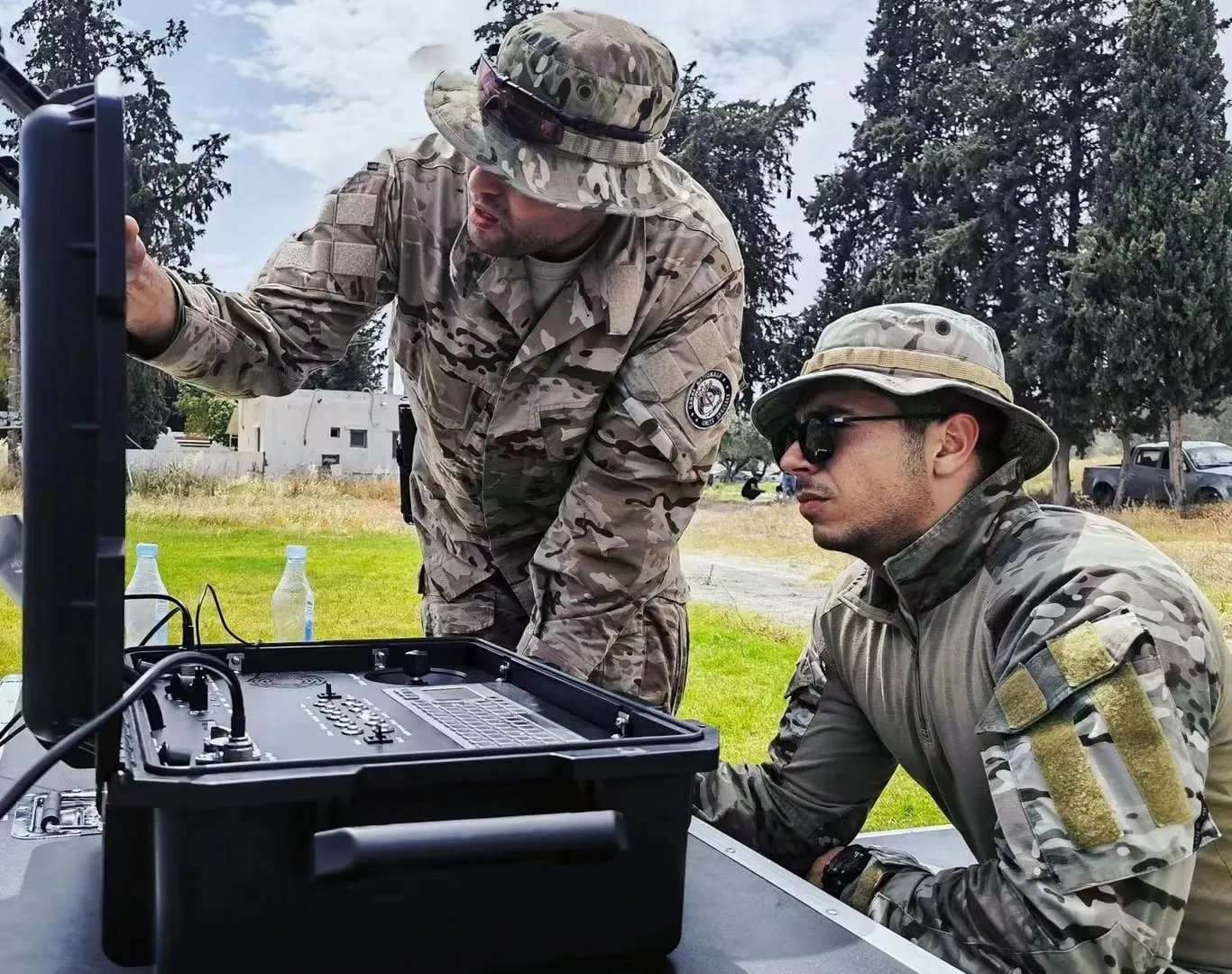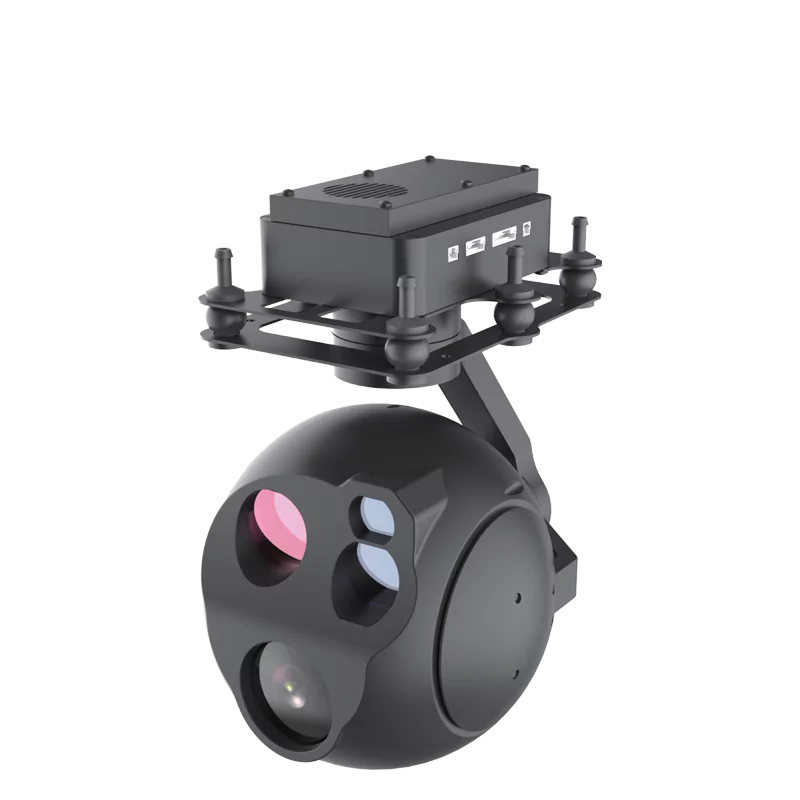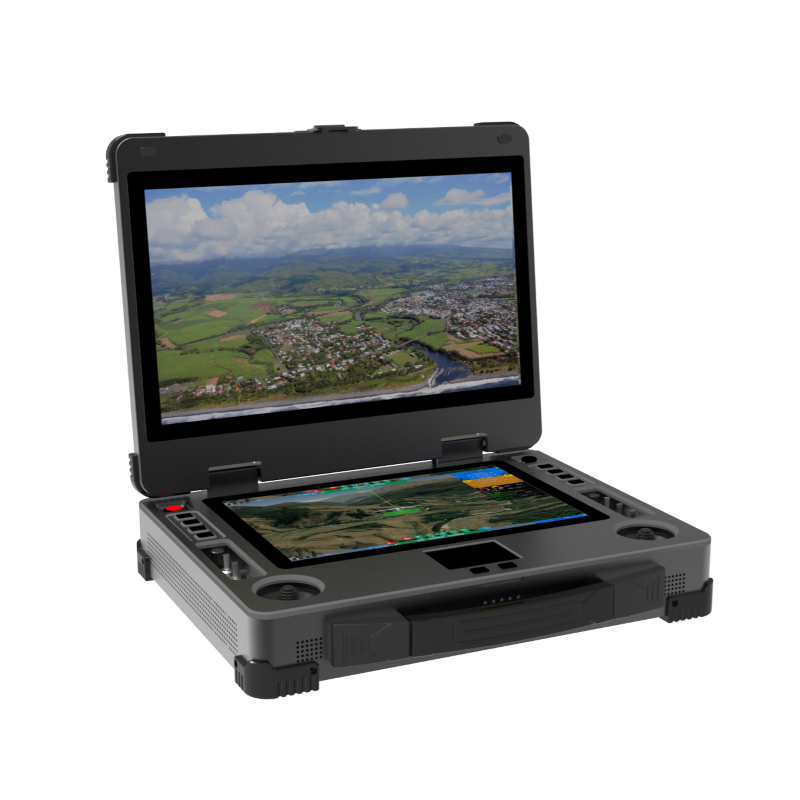Security & Defense: What Can UAS Do?
What's UAS?
Unmanned Aerial Systems (UAS), which can also be understood as drones with functional components, have emerged as a transformative technology with diverse applications in both the civilian and military sectors. In the realms of security and defense, UAS are playing an increasingly vital role, providing innovative solutions for surveillance, reconnaissance, and tactical operations. This article explores the various components of UAS, including drones, ground control stations, EO&IR cameras, and anti-drone devices, and their significant contributions to enhancing security and defense capabilities.
Drones in Surveillance and Reconnaissance
Drones have become indispensable tools for surveillance and reconnaissance missions, offering a unique aerial perspective that was once challenging to achieve. Equipped with advanced EO&IR (Electro-Optical and Infrared) cameras, drones can capture high-resolution images and real-time video feeds, enabling military and security forces to monitor vast areas efficiently. The ability to cover large expanses quickly and discreetly makes drones ideal for border patrol, perimeter security, and intelligence gathering.
The EO & IR cameras on drones provide crucial data for day and night operations, allowing military and security personnel to detect, identify, and track potential threats. Furthermore, the real-time transmission of video feeds to ground control stations enhances situational awareness, enabling swift decision-making in response to evolving security situations.
Ground Control Stations: The Nerve Center
Behind every successful UAS operation is a Ground Control Station (GCS), serving as the nerve center for drone pilots and operators. GCS facilitates communication between operators and drones, allowing for precise control over flight paths, camera movements, and mission execution. Modern GCS are equipped with user-friendly interfaces, telemetry data displays, and communication links that enable seamless interaction with the drones.
In the context of security and defense, GCS plays a pivotal role in coordinating multiple drones simultaneously, creating a networked surveillance system that covers extensive areas. The integration of artificial intelligence (AI) and automation into GCS enhances the efficiency of UAS operations, enabling drones to autonomously perform certain tasks, such as route planning and obstacle avoidance.

EO & IR Cameras: Eyes in the Sky
EO & IR cameras are integral components of UAS, providing a comprehensive visual spectrum for surveillance purposes. Electro-Optical cameras capture images and videos in daylight conditions, while Infrared cameras operate in low-light or nighttime scenarios. The combination of these technologies ensures continuous surveillance capabilities, irrespective of environmental conditions.
In security and defense applications, EO&IR cameras contribute to target identification, tracking, and threat assessment. High-resolution imagery allows for the identification of individuals or objects from considerable altitudes, enabling forces to make informed decisions based on real-time intelligence. Additionally, the incorporation of advanced analytics and image processing in EO&IR systems enhances their capabilities, enabling automatic detection of suspicious activities or anomalies.
Anti-Drone Devices: Safeguarding Airspace
As UAS technology advances, the need for countermeasures to mitigate potential security threats from rogue drones becomes increasingly crucial. Anti-drone devices are designed to detect, track, and neutralize unauthorized drones operating in restricted airspace. These devices employ a range of technologies, including radio frequency (RF) jamming, GPS spoofing, and physical interception, to ensure the protection of critical infrastructure and sensitive areas.
In military operations, anti-drone systems play a vital role in countering the evolving threat landscape. Deployed to protect forward operating bases, command centers, and critical assets, these systems serve as a proactive defense against adversarial drones. The ability to swiftly identify and neutralize unauthorized drones ensures the integrity of airspace, preventing potential attacks or disruptions.
What Are the Challenges and Future Developments?
While UAS have proven to be invaluable assets in security and defense, they also present unique challenges. Concerns related to privacy, airspace regulations, and the potential for malicious use of drones require careful consideration. Governments and regulatory bodies are continually working to establish guidelines and frameworks to address these concerns while promoting the responsible and lawful use of UAS.
The future of UAS in security and defense holds exciting possibilities. Ongoing research and development efforts are focused on enhancing drone capabilities, including increased endurance, autonomous operations, and the integration of advanced sensor technologies. Collaborative efforts between governments, industries, and research institutions will play a pivotal role in shaping the next generation of UAS, ensuring they remain at the forefront of security and defense innovations.
Unmanned Aerial Systems, comprising drones, ground control stations, EO&IR cameras, and anti-drone devices, have revolutionized security and defense operations. From enhancing surveillance capabilities to providing real-time intelligence, UAS offer a versatile and effective solution to address the dynamic challenges faced by military and security forces. As technology continues to evolve, the integration of UAS into security and defense strategies will play a critical role in safeguarding nations and securing critical assets.


